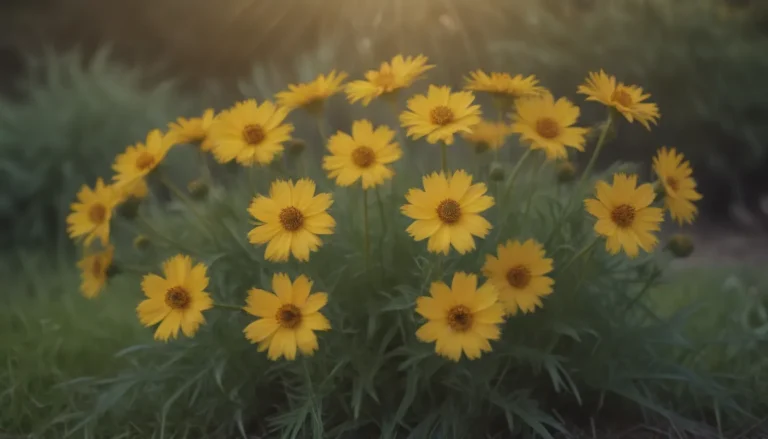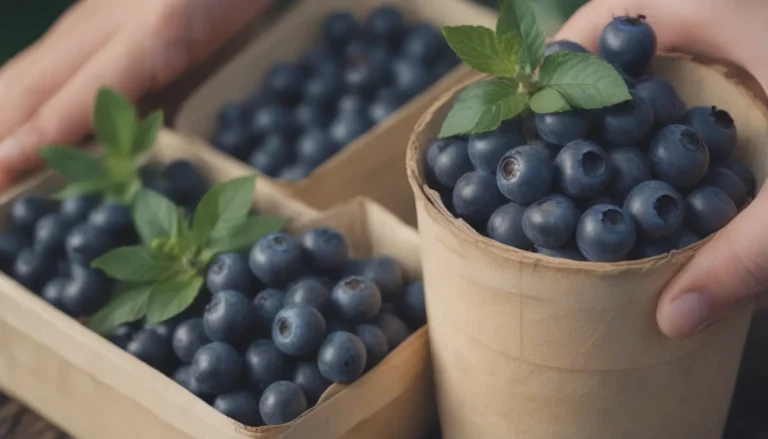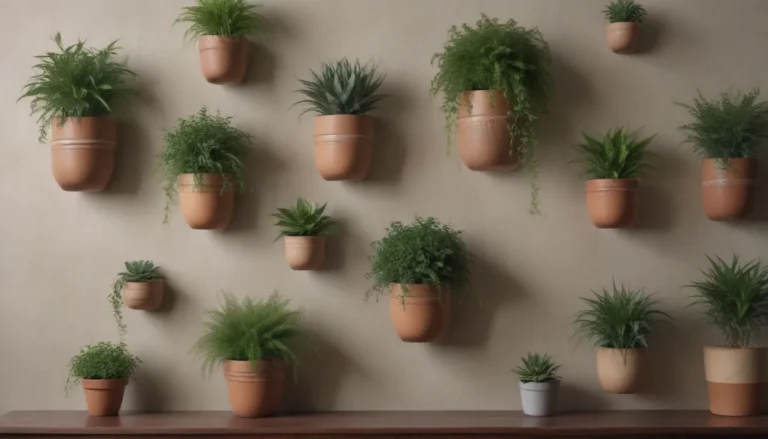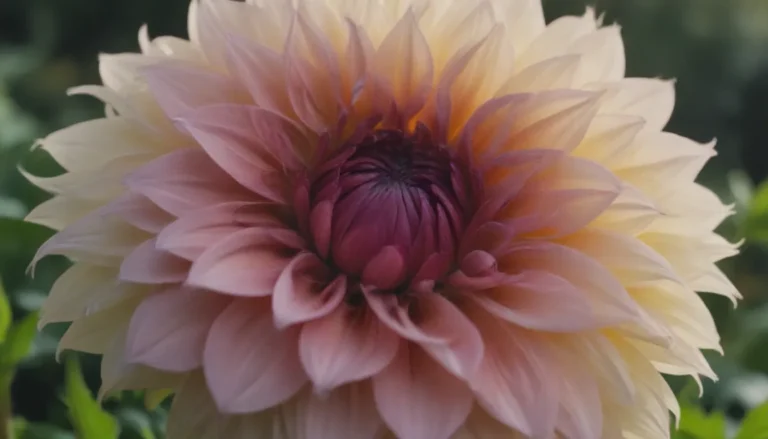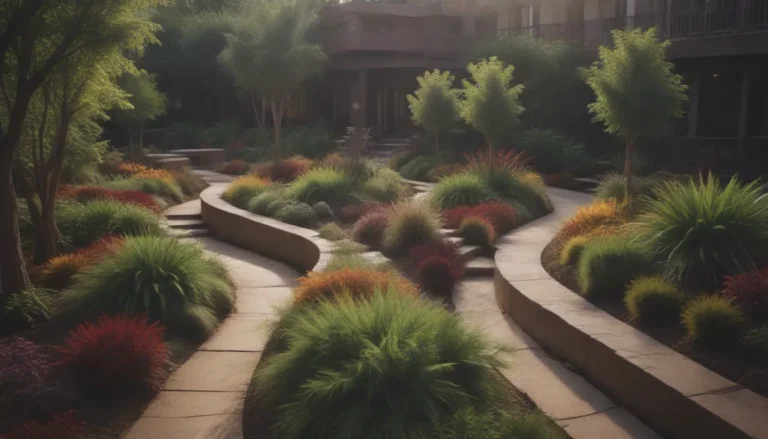Ultimate Guide to Growing and Caring for Blue Star Ferns
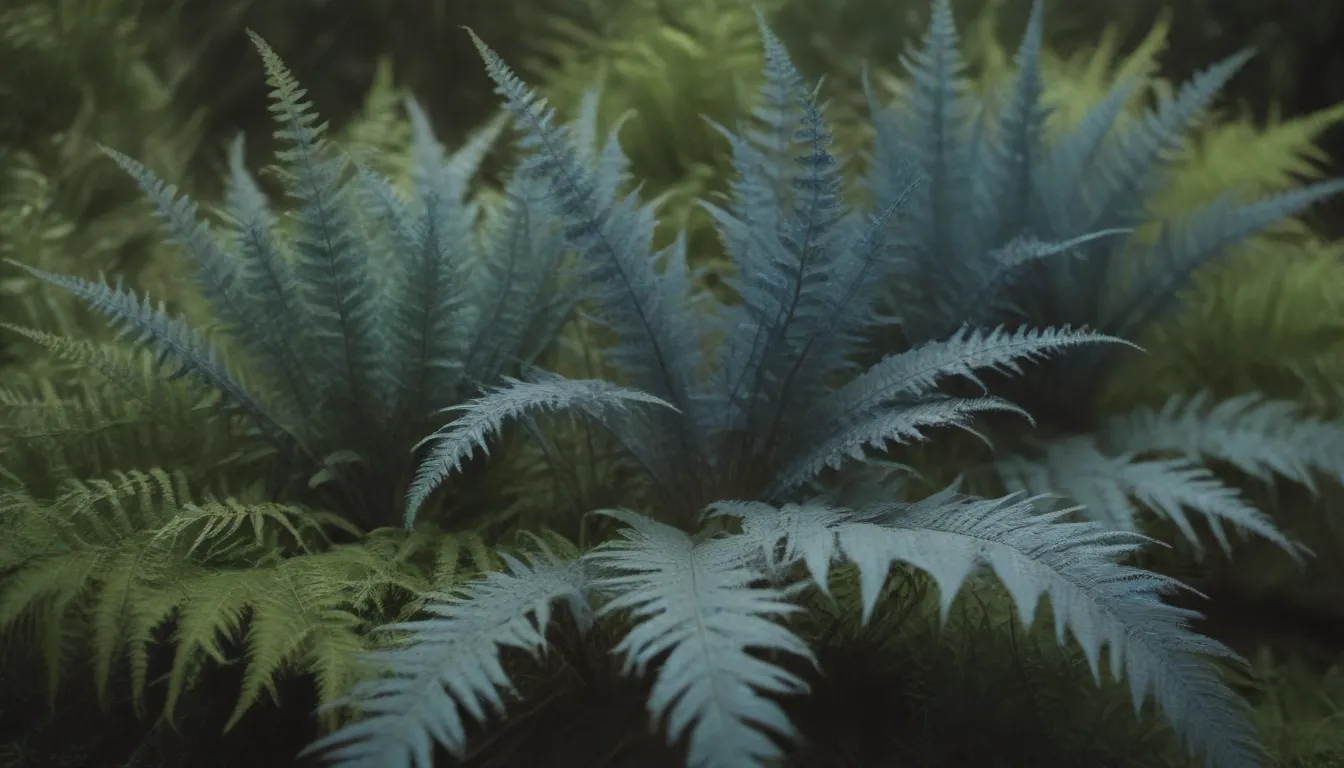
Blue star ferns, also known as golden polypody and cabbage palm ferns, are beloved for their beautiful blue-green foliage and unique frond shape. These ferns are a popular choice among plant enthusiasts due to their low maintenance requirements and stunning appearance. If you’re looking to add a touch of elegance to your indoor space, the blue star fern is the perfect plant for you.
Blue Star Fern Care Tips
Taking care of a blue star fern is relatively easy, making it an excellent option for beginners looking to expand their plant collection. Here are some essential care tips to help you grow a healthy and thriving blue star fern:
Light
While many fern species thrive in low light conditions, blue star ferns prefer medium to bright indirect light. Position your fern in a location where it can receive ample sunlight without being exposed to direct rays. Avoid placing it in areas with intense sunlight, as this can scorch the delicate leaves of the plant.
Soil
Blue star ferns are epiphytic by nature, meaning they thrive in loose and airy potting mixes. Opt for a soilless mix, such as orchid bark mix, to provide the perfect growing environment for your fern. If you choose to use soil, ensure it is well-draining by adding perlite and orchid bark to the mix to create a chunky and airy texture.
Water
Consistent moisture is key to the health of your blue star fern. The watering frequency will vary depending on the type of soil mix you have. If you’re using orchid bark, employ the soak-and-dry method by submerging the pot in water for 15 to 20 minutes to allow the roots to absorb moisture. For soil-based mixes, water the plant when the top inch of soil has dried out. Avoid overwatering, as blue star ferns are sensitive to root rot.
Temperature and Humidity
Maintain a warm temperature range of 57 to 81 degrees Fahrenheit (14 to 27 degrees Celsius) for your blue star fern. These ferns prefer average to high humidity levels, making them ideal for bathrooms or laundry rooms where humidity is naturally higher. If needed, you can use a small humidifier to increase the humidity around your plant.
Fertilizer
While not heavy feeders, blue star ferns benefit from regular fertilization during the spring and summer months. Use a balanced houseplant fertilizer diluted to half strength once a month during watering. Cease fertilization in the fall to allow the plant to rest during the cooler months.
Pruning and Propagating Blue Star Ferns
Pruning and propagating your blue star fern are essential tasks to ensure its growth and longevity. Here’s how you can do it effectively:
Pruning
Pruning is not necessary for blue star ferns but can help maintain their appearance and promote healthy growth. Trim any leggy or browning fronds in early spring using clean and sharp scissors. Avoid pruning during the fern’s dormancy in winter to prevent stress on the plant.
Propagating
Blue star ferns can be propagated through division or spores. Division is the most straightforward method and involves separating a portion of the plant to create a new one. Repot your divided ferns in fresh soil and provide them with proper care to encourage growth.
Potting and Repotting Tips
Blue star ferns do not require frequent repotting and only need to be moved to a larger container every two to three years. When repotting, choose a pot that is slightly larger than the current one and refresh the soil to provide your fern with fresh nutrients. Wait until spring or summer to repot, as this is when the plant is actively growing.
Common Pests and Issues
Like all houseplants, blue star ferns are prone to pests and diseases that can affect their health. Keep an eye out for common issues such as spider mites, thrips, fungus gnats, crown rot, and root rot. Prevent these problems by ensuring proper watering techniques and providing adequate drainage for your plant.
Common Problems
If you encounter any of the following problems with your blue star fern, here are some solutions to address them:
- Browning Fronds: Increase humidity levels and adjust your watering routine to prevent future fronds from turning brown and crispy.
- Curling Fronds: Add a humidifier or use a pebble tray to raise humidity levels around your plant and prevent fronds from curling.
- Spores: If you notice symmetrical brown dots on the back of your fern’s fronds, don’t panic. This is a natural process of spore production and indicates a healthy plant.
Vertical Growing with Blue Star Ferns
Blue star ferns, like staghorn ferns, can be mounted on wood or other materials to grow vertically. This unique way of displaying your fern adds a touch of whimsy to your indoor space. Follow the same mounting techniques used for staghorn ferns to create a stunning display with your blue star fern.
In conclusion, growing and caring for a blue star fern is a rewarding experience that can add beauty and tranquility to your home. By following the tips and guidelines outlined in this guide, you can cultivate a thriving blue star fern that will brighten up any room. Embrace the unique charm of this fern species and enjoy watching it flourish under your care.
